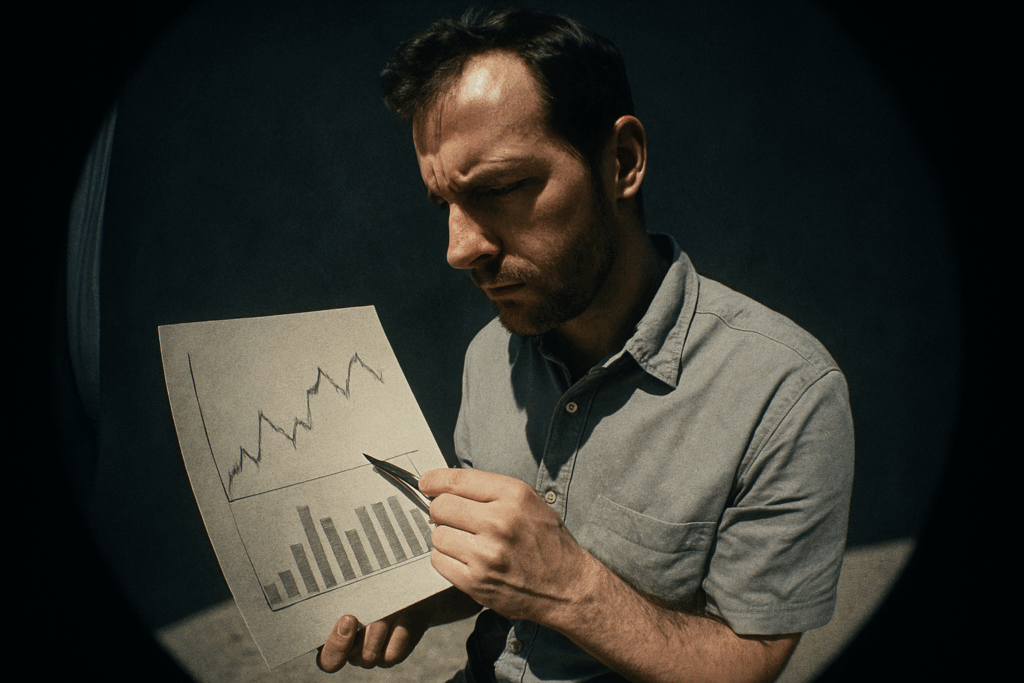PESTEL is a simple but powerful framework that breaks down the big-picture factors impacting any business. It stands for Political, Economic, Social, Technological, Environmental and Legal. Think of it as your wide-angle lens. Instead of zeroing in on just internal goals or market competitors, PESTEL helps you see the external forces that could shape (or shake) your plans.
Political changes? Think regulations, trade policies, or even election cycles. Economic shifts? Inflation, unemployment, interest rates. Social trends? Demographics, consumer values, lifestyle shifts. Tech covers advancements and disruption. Environmental includes climate concerns and sustainability mandates. Legal refers to laws, compliance, and liability exposure.
Businesses use PESTEL when they want to assess risk, spot opportunities, or make big strategic decisions. It’s especially useful before entering new markets, launching products, or investing heavily in long-term moves. It won’t give you all the answers, but it makes sure you’re asking the right questions. And in today’s volatile world, that’s half the job done.
Economic
Economics drives every decision, whether you’re a vlogger, a startup, or a giant corporation. In 2024, inflation is cooling down in some regions but still a wildcard in others. That means both creators and audiences are watching their wallets. Interest rates are higher than usual, making borrowing expensive for businesses and consumers alike. Unemployment numbers are steady in most developed markets, but job insecurity and shifts in gig work are reshaping how people earn—and spend.
Exchange rates are another layer of complexity, especially for global brands and creators working across borders. A weak domestic currency can shrink ad revenue or make imported gear cost more, while strong currencies can boost outbound monetization. All of this filters into how people consume content, purchase merch, and support creators. The bottom line: if your work depends on audience purchasing power, economic trends aren’t background noise, they’re front and center.
Step-by-Step Guide: Spotting Trends That Matter
Staying ahead of vlogging trends isn’t just about guessing. It’s about tracking signals, testing ideas, and knowing what to ignore. Here’s a simple breakdown:
Step 1: Identify
Start with what your audience actually notices. Look for spikes in comments, sudden increases in views on specific topics, or common questions popping up across your content. On the platform side, watch YouTube Shorts, Instagram Reels, and TikTok Explore pages. Patterns start small.
Step 2: Research
Once a pattern catches your eye, dig deeper. Use keyword tools like TubeBuddy or vidIQ to see what people are searching for. Reddit and niche forums are goldmines for unfiltered feedback. Make a habit of checking competitor channels—not to copy, but to understand what’s working and why.
Step 3: Evaluate
Not every trend is worth chasing. Ask: Does this align with my voice? Is my target audience buying into it, or just watching and leaving? Test small—drop a one-minute teaser or ask your subscribers directly in a poll. Track the engagement, not just the clicks.
Tools and Tips:
- Google Trends: For macro movement
- Pinterest Trends: Great for visual topics
- AnswerThePublic: Good for niche questions
- Keep a swipe file: Save ideas, titles, and formats you find compelling
Separate the noise by sticking to things that resonate both with your brand and your niche. Just because a soundbite is going viral doesn’t mean it serves your long game. Take notes, stay observant, and don’t chase every shiny thing.
Using PESTEL in strategy work isn’t just about filling out a checklist. It’s a way to scan the horizon for things that could hit your channel or lift it up. Political, Economic, Social, Technological, Environmental, and Legal trends all play into how platforms operate and how audiences behave. That matters when you’re trying to stay relevant and build long-term value.
Bringing PESTEL into your SWOT analysis makes everything sharper. Trends like tightening content regulations (Legal) or shifting ad spend (Economic) turn into specific threats or opportunities. A rise in eco-conscious consumers? That Social factor becomes a niche to target. New AI editing tools? That’s a Technological edge, if you use it right.
Vloggers using this approach can pivot faster, spot patterns sooner, and avoid getting sideswiped by platform-policy changes or cultural shifts. It’s about being proactive, not reactive.
For a tactical edge: check out The Role of Benchmarking in Market Positioning
PESTEL isn’t magic. It’s a framework—one that works best when used often, not just during yearly planning sessions. Political shifts, economic tremors, social changes, tech breakthroughs, environmental shifts, and legal updates don’t wait. The market doesn’t hit pause while your team catches up.
Creators and businesses should build a habit of scanning these external forces. It’s not about predicting the future. It’s about being ready when it hits. Use PESTEL like a fitness routine: repetitive, sometimes tedious, always worth it. You don’t need to be an expert in every category. You just need to pay attention.
When you’re plugged in early, you move faster, adapt smarter, and make better calls—before everyone else catches on.
